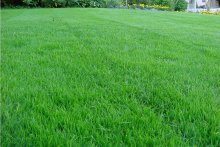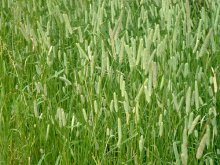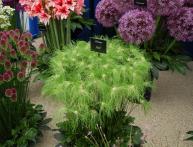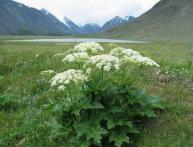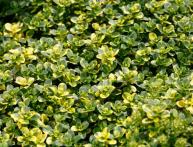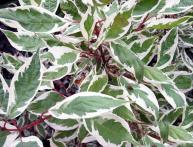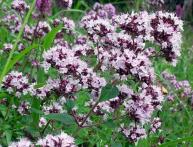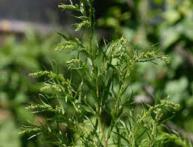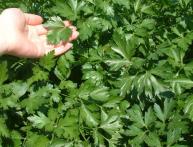Timothy grass, characteristics of the plant and its use
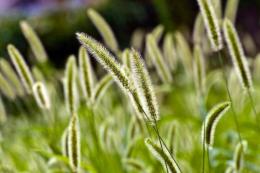
There are plants that are so ordinary and familiar that almost no one pays attention to them. They are distributed from Africa to the tundra, growing along roads, in fields and meadows. Timothy grass belongs to such plants, which, at first glance, seems completely useless weed. Let's try to figure out if this is so.
Content:
- Timofeevka, botanical description of the plant
- Timothy grass, meaning of culture and application
- How to grow timothy grass
Timofeevka, botanical description of the plant
Timothy grass is a genus of plants from the Poaceae family. It is found in all geographical areas of Europe. It also exists in Africa. It was brought to the Australian and American continents by settlers. There is a whole legend about how timothy came to America: that it was brought by an American newlywed named Timothy Hanson from the French city of Bordeaux, where, while on business, he managed to choose a bride for himself.
While walking with his beloved, the farmer saw a cereal, the ear of which was dense and hard as a stick, having collected seeds, he took them and his bride to America. After a short time, almost all of the American cows were chewing timothy hay. The usual habitats of grass are forests, steppes, and mountainous areas. Most often, timothy is a perennial herbaceous plant. It has several names, the most common:
- stick insect
- field worker
- Arzhanian
- Sivun
- seedling
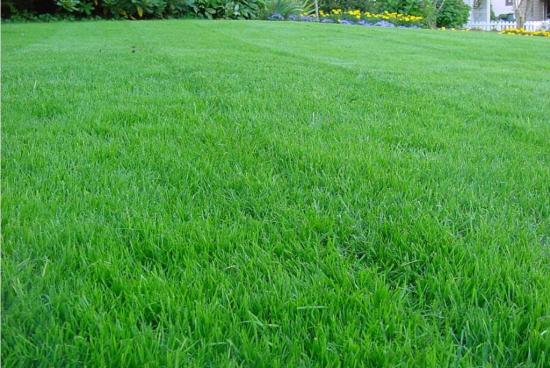
The root system of the plant is powerful and well developed. The roots are numerous and form a good dense root, penetrating to a depth of almost a meter. The stems are straight, hollow inside, cylindrical in shape. They grow vertically upward. They reach a height of up to 100 cm. They form a loose bush. Timothy grass bushes are formed by three types of shoots:
- shortened, consisting of leaves collected in a bunch
- vegetative, normal length, without inflorescences
- generative, with inflorescence at the top
Timofeevka leaves are flat, narrow, from 0.5 cm to 0.9 cm wide, quite rigid, elongated, up to 40 cm in length, the edges of the leaves hang down. They form a rosette. The flowers are collected in a cylindrical inflorescence up to 12 cm long. The inflorescence of timothy is called a sultan. Spikelets They grow together with the main axis, so the timothy plume is quite rigid. The flowers at the top of the inflorescence open first. Each sultan blooms from 4 to 7 days.
The fruits are very small grains. A thousand seeds weigh less than one gram. The growing season begins in early April almost immediately after the snow melts. The plant blooms after two months.
The fruits ripen three months after the ground shoots grow in the spring. The shoots die off at the end of the growing season; in fact, they live for one season. The plant is characterized by high winter hardiness and frost resistance. Does not tolerate prolonged waterlogging and severe drought. The genus includes about 30 species. About 11 species grow in natural conditions on the territory of Russia. The most important species is timothy grass.
Timothy grass, meaning of culture and application
In economic activities, timothy is used in two main ways:
- as a fodder crop
- lawn and ornamental grass
- Timothy grass as a forage crop
Timothy grass is a good forage crop. It is widely used as green fertilizer and is also harvested not only for hay, but also for silage. Protein content up to 14%. Up to 50% of protein is absorbed by animals. The yield of green mass is up to 200 c/ha. The yield of dry hay is from 20 to 120 c/ha. Feeding qualities are improved when timothy is grown together with red clover and other legumes.
Video about proper planting of timothy under the lawn:
Fodder bred varieties:
- Pskovskaya
- Lyupinetskogo 1
- Mayskaya 1
- Marusinskaya 297
- Vita 1
Timothy is mowed for fodder at the heading stage. The grain begins to be harvested at the stage of full maturity.
Timofeevka in landscaping
In landscaping, timothy is used as a lawn grass. In addition to meadow timothy, small timothy is also used. This type of timothy is capable of forming dense turf; the ground part is resistant to trampling and abrasion.
Both crops are used to create lawns. Timothy grass does not tolerate low cutting. It is most often used to sow the area allocated for an ordinary lawn. Timothy grass has a narrower leaf and a more decorative appearance. Tolerates low haircut well. Timothy is propagated by seeds.
How to grow timothy grass
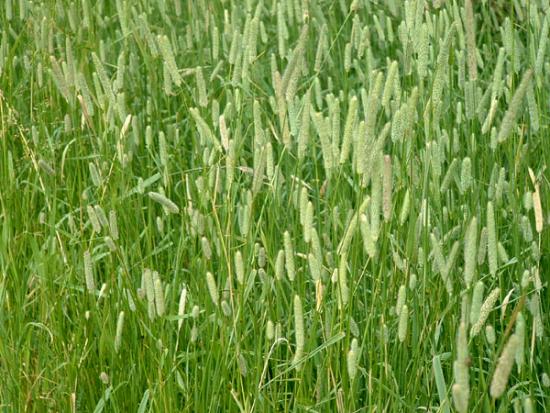
When choosing meadow timothy, it is important not to forget that this crop is light-loving, but it does not tolerate prolonged drought very well. Feels good on clay, sandy and loamy soils with medium acidity. Tolerates saline soils. Reacts well to the addition of copper sulfate. Timothy grass as a monoculture is sown at a rate of about 10 kg per hectare.
If the grass is sown in a mixture with clover, fescue and other crops, then 4 - 5 kg per hectare is sufficient. It is sown in the spring, with the preliminary application of complex fertilizer before sowing. The plant is responsive to nitrogen content. Sowing is carried out in furrows up to 2 cm deep. It is important to remember that a dry spring has a detrimental effect on seedlings.
As it grows, drought resistance becomes slightly higher, but still a lack of moisture, as well as its excess, can destroy the crops. In all other respects, the plant is unpretentious and is suitable not only as fodder and lawn culture, but also as a precursor for most cereals and other crops.

